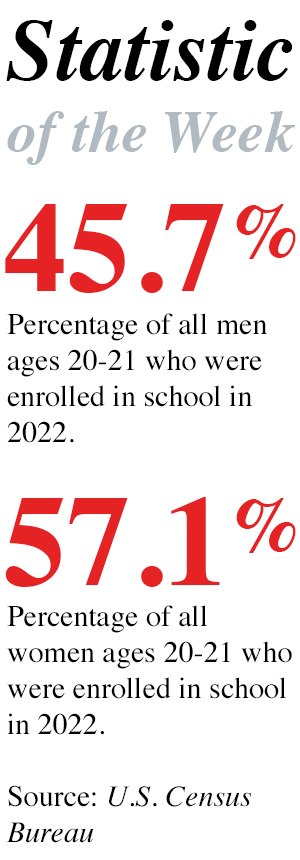Study Shows That Girls’ and Women’s Sports Are More Popular Than Most People Realize
Posted on Jan 24, 2024 | Comments 0
 A new study by Rachel Allison, an associate professor of sociology at Mississippi State University and Chris Knoester, a professor of sociology at Ohio State University, finds that girls’ and women’s sports are a lot more popular than most people realize.
A new study by Rachel Allison, an associate professor of sociology at Mississippi State University and Chris Knoester, a professor of sociology at Ohio State University, finds that girls’ and women’s sports are a lot more popular than most people realize.
Television viewership for women’s professional soccer and basketball and women’s college softball, volleyball, and basketball has increased in recent years. In August 2023, 92,003 packed the football stadium on the campus of the University of Nebraska to view a women’s volleyball match. This is generally considered to be the largest crowd to ever watch a women’s sporting event.
In addition, there are more than 10 million girls who play youth and high school sport in the U.S. They are supported by parents, grandparents, friends, their male high school peers. While girls’ and women’s sport remain underrepresented in communities, schools,and in mainstream mass media coverage of sport, opportunities to consume it have expanded, for instance through social media, new broadcast deals, the proliferation of subscription-only channels, and digital platforms.
This study which involved a survey of nearly 4,000 adults, indicates that just over half of U.S. adults report any consumption of female sport in the prior year. However, female sport consumption was typically a very small share of adults’ watching and following of sports. Still, on average, adults watched female sport activity for about one hour per week. The authors also found that having more girl or women family members, including specifically mothers who were highly involved with sport, is often associated with greater consumption of girls’ and women’s sport. This pattern may reflect how girls’ and women’s sport has been marketed in the U.S. as an “empowering” product for girls and women.
Interestingly, the survey found some evidence that men disproportionately consume more total hours of female sports than women do. The reason appears to be that men tend to follow and watch much more sports in total than women do, so they come into contact with more female sports.
“What we are learning about who watches and follows female sports is critical to successful marketing efforts and audience building,” Dr. Allison said. “It can help women’s sports achieve a higher level of commercial success.”
Dr. Allison joined the faculty at Mississippi State University in 2014 after receiving a Ph.D. in sociology at the University of Illinois Chicago.
The full study, “Who Watches and Follows Girls’ and Women’s Sport? A Gendered Life Course Analysis of U.S. Adults’ Consumption,” was published in the Journal of Emerging Sports Studies. It may be accessed here.
Filed Under: Research/Study








